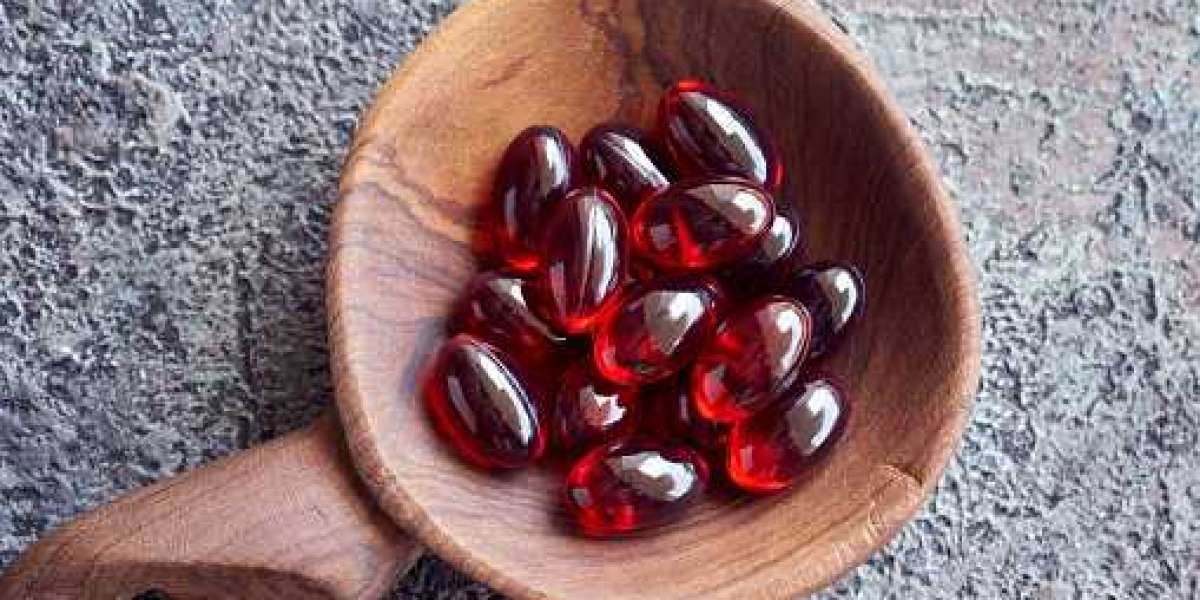Market Scope
Market Research Future (MRFR) projects the astaxanthin market to record a healthy expansion rate of 7.63% between 2021 and 2028 (evaluation period). The market size is anticipated to touch USD 1,380.70 Million by 2028.
Growth Inducers and Challenges
People growing aware of the importance of nutrition for leading a healthy lifestyle along with the rising demand for dietary supplements to avoid incurrence of significant hospitalization costs can be a key growth booster for the astaxanthin market. Astaxanthin is a natural antioxidant that safeguard human cells from oxidation and inflammation. It has anti-inflammatory benefits that help reduce pain in joints, tendons and muscles in patients that deal with chronic arthritis. Basically, the escalating cases of diseases like cardiovascular diseases, diabetes, cognitive health issues and cancer can bolster the market size in the ensuing years.
Frequent technological innovations and the rising adoption of low-cost advanced technologies during manufacturing of astaxanthin should also foster business growth. Other than the practical advantages of astaxanthin, its demand is also soaring in view of surging advancements in culture conditions backed by natural processes, omics technologies, and new sources.
Top Companies
BASF SE (Germany), Alga Technologies (Israel), Otsuka Holdings Co. Ltd (Japan), Koninklijke DSM N.V. (Netherlands), Cardax Inc. (US), Beijing Gingko Group (China), Fuji Chemical Industries Co. Ltd (Japan), Fenchem (China), Cyanotech Corporation (US), Archer-Daniels-Midland Company (US), are some of the top manufacturers of astaxanthin in the global market.
Segmental Review
Source, form and application are the top segments that have been considered in the MRFR report.
The key sources of astaxanthin are natural and synthetic. The natural sources studied in the report are yeast microbes, plants and marine. The natural source segment captured the biggest share in 2019 and will project a higher growth over the analysis period. This can be due to the mounting consumer awareness about food safety and the resultant surge in the preference for natural ingredients.
Depending on form, the global astaxanthin market outlook can be considered for both dry and liquid products. The dry form of astaxanthin notes significant demand in the production of capsules, sports nutrients, feed supplements, tablets, and more. As a result, the segment has taken the lead in the global industry. Meanwhile, the liquid form segment should exhibit better growth in the upcoming period.
Key applications of astaxanthin are pharmaceuticals and nutraceuticals, food and beverages, personal care, animal feed, and more. Astaxanthin’s applications in the animal feed sector are quite extensive, which is why the segment has been dominating the global market since 2019. Astaxanthin acts as an animal feed additive in the aquaculture industry. MRFR expects the animal feed segment to touch USD 718.5 million by 2028-end. On the other hand, the food and beverage segment can project the fastest growth over the assessment period.
Regional Insight
Since 2019, Asia Pacific has remained the market leader with the biggest share of 32.39% of the astaxanthin market. The China market is set to gain considerable ground as astaxanthin’s applications in animal feed are witnessing exponential growth in the country. Increased support from the government in the form of funding for the aquaculture sector in line with rising food consumption will also induce major growth in the region. China accommodates a vast pool of affluent firms that have technically advanced manufacturing facilities, such as BGG and InnoBio, which also adds to the market value.
Europe is brimming with opportunities and is viewed as an attractive location for manufacturers, in view of the escalating intake of nutraceuticals or functional beverages. Astaxanthin has been gaining traction in aquaculture, backed immensely by the government as well as the green light increasingly being given by prominent regulation bodies such as European Food Safety Agency.
North America stands as a highly profitable market for astaxanthin and has remained so since 2019. The US stands at the vanguard of the North American market, while Canada is making rapid progress at the same time. The astaxanthin market insights throughout North America, especially the US, benefits largely from the soaring number of awareness programmes introduced by various non-profit organizations, combined with the existence of a huge pool of renowned players. The thriving cosmetic industry and its emergence as a key end-user in the region also facilitate market demand.
Recent Updates
- October 2020 – Lubrizol Life Science Health has introduced ASTAGILE microcapsules, its latest organic, sustainable astaxanthin that is microencapsulated with spirulina. The product fosters mental agility and also facilitates healthy ageing among young as well as senior adults.
NOTE: Our Team of Researchers are Studying Covid19 and its Impact on Various Industry Verticals and wherever required we will be considering Covid19 Footprints for Better Analysis of Market and Industries. Cordially get in Touch for More Details.
Contact us:
Market Research Future (part of Wantstats Research and Media Private Limited),
99 Hudson Street,5Th Floor, New York, New York 10013, United States of America







